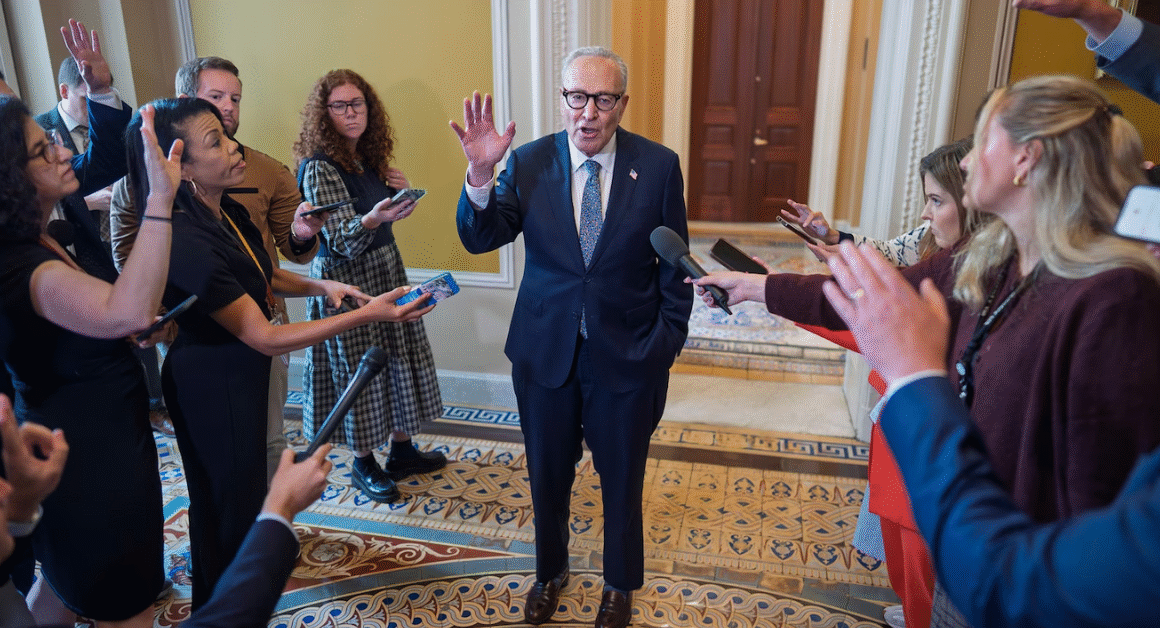Opioid use disorder (OUD) is a growing health concern, especially among older adults who rely on Medicare for their healthcare needs. Despite the availability of effective treatments, a recent study shows that fewer than 40% of Medicare beneficiaries with OUD receive standard care. This alarming statistic highlights a critical gap in healthcare services that needs immediate attention.
The rising number of opioid-related problems in the United States has made it essential to understand how many patients get the right treatment. Opioid use disorder can lead to serious health complications, but it is treatable. Ensuring that those affected receive proper care is important for their well-being and for public health overall.
What Is Opioid Use Disorder and Why Is It Concerning?
Opioid use disorder is a medical condition where a person becomes dependent on opioids, like prescription painkillers or heroin. Those with OUD often find it difficult to stop using opioids despite harmful effects on their health and life. The disorder is a growing problem in the US, leading to an increase in hospital visits and deaths from overdose.
Older adults, including those on Medicare, are particularly at risk. Many seniors receive opioids for pain management but can develop dependence over time. As per the Centers for Medicare & Medicaid Services, managing opioid use disorder among Medicare beneficiaries is crucial to reduce the burden of addiction and improve recovery rates.
Low Rate of Standard Care Among Medicare Beneficiaries
The recent study, published by researchers from the University of Michigan, analyzed Medicare data and found that only about 40% of those diagnosed with OUD received recommended treatment, such as medication-assisted therapy (MAT). MAT uses medications like buprenorphine or methadone to help reduce cravings and withdrawal symptoms.
This low treatment rate is worrying because untreated OUD often results in relapse, overdose, or other serious health conditions. According to the National Institute on Drug Abuse (NIDA), MAT is the gold standard for treating opioid addiction, but many patients face barriers to accessing this care.
Challenges Faced in Providing Standard Care
Several factors contribute to the low treatment rate among Medicare patients with OUD. First, there is a lack of awareness and stigma surrounding addiction, even among healthcare providers. Some doctors hesitate to prescribe MAT due to misconceptions or limited training. Also, Medicare coverage policies can create challenges in accessing certain medications or therapy services.
Additionally, rural areas, where many older adults live, often have fewer healthcare providers who specialize in addiction treatment. This limits options for Medicare beneficiaries to get proper care close to home. According to the Substance Abuse and Mental Health Services Administration (SAMHSA), improving education for healthcare providers and expanding access to treatment facilities is essential for overcoming these barriers.
Why This Matters to Younger Audiences
While this issue mainly affects older adults, it matters to younger readers too. Family members and caregivers may play a key role in supporting loved ones with opioid use disorder. Understanding the challenges seniors face in getting proper treatment can help raise awareness and encourage conversations about addiction and recovery.
Younger people might also be at risk of opioid misuse in the future or know others who are. Learning about the importance of medication-assisted treatment and the need to reduce stigma around addiction can lead to better community support and healthier outcomes for everyone.
Steps Forward: How to Improve Treatment Rates
To increase the number of Medicare beneficiaries receiving standard care, policy changes and education are needed. Medicare could expand coverage to include more comprehensive addiction treatment services and remove restrictions on medications used in MAT. Training healthcare providers to recognize and treat OUD effectively is also vital.
Community programs that reduce stigma and provide support to patients and families can encourage more people to seek help. Public awareness campaigns highlighting successful recovery stories may further motivate those struggling with opioid use disorder to pursue treatment.
By addressing these issues, the healthcare system can better support Medicare beneficiaries with OUD and reduce the overall impact of the opioid crisis.
Conclusion
The fact that less than 40% of Medicare beneficiaries with opioid use disorder receive standard care is a serious problem. Proper treatment, especially medication-assisted therapy, can save lives and improve health outcomes. Efforts to increase access, raise awareness, and train healthcare providers are important steps in closing this treatment gap.













